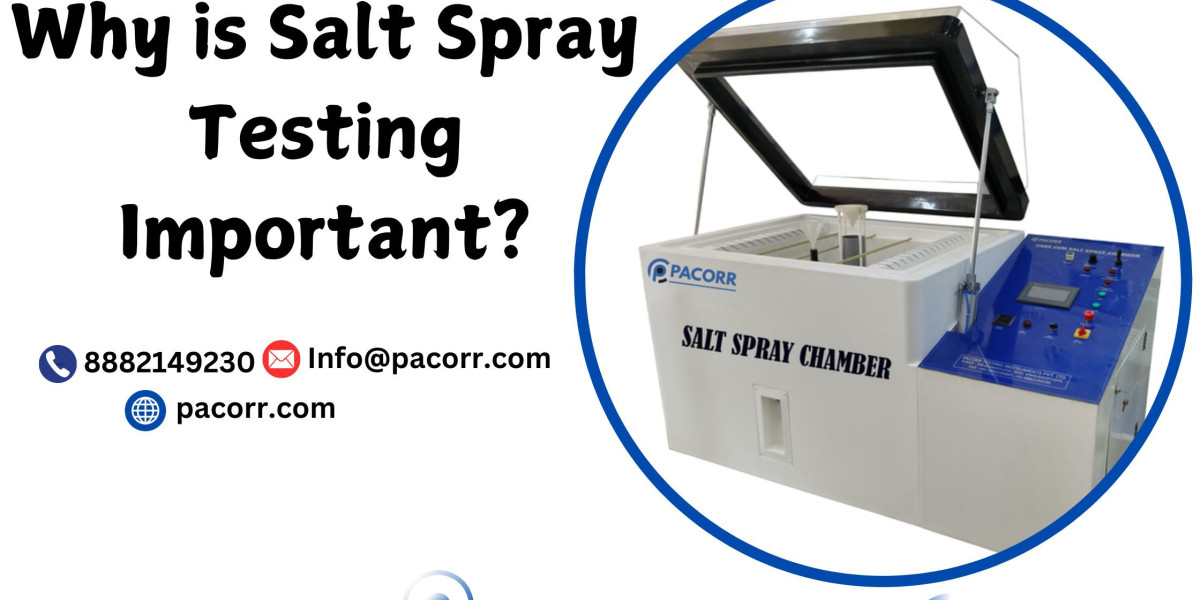This is where Salt Spray Chamber come into play. Designed to simulate harsh environmental conditions, these chambers have become an essential tool in quality assurance and research. At Pacorr.com, we delve into the nuances of salt spray chambers, offering top-tier solutions to industries that demand excellence.
What is a Salt Spray Chamber?
A salt spray chamber, also known as a salt fog test chamber, is a specialized piece of equipment used to evaluate the corrosion resistance of materials, coatings, and finishes. By simulating prolonged exposure to a saline environment, these chambers help industries understand how their products will fare under real-world conditions.
Key Features of a Salt Spray Chamber
- Controlled Environment: The chamber maintains consistent temperature, humidity, and salinity levels to simulate realistic corrosive conditions.
- Versatile Testing: It accommodates a variety of materials, including metals, plastics, and paints.
- Customizable Settings: Advanced models allow users to adjust parameters for specific testing needs.
- User-Friendly Interface: Modern salt spray chambers come with digital displays and automated controls for ease of operation.
Applications Across Industries
Salt spray chambers find extensive applications across multiple industries:
- Automotive: Testing the durability of car parts exposed to salt-laden roads.
- Aerospace: Ensuring aircraft components can withstand corrosive environments.
- Marine: Evaluating the resistance of materials used in ships and offshore platforms.
- Construction: Testing metal structures and coated products for longevity.
The Importance of Salt Spray Testing
Corrosion is a silent destroyer. It not only affects the aesthetic appeal of a product but also compromises its structural integrity. Salt spray testing is crucial for:
- Ensuring Product Longevity: Detecting potential weaknesses early.
- Regulatory Compliance: Meeting industry standards like ASTM B117.
- Customer Satisfaction: Delivering durable, high-quality products.
Why Choose Pacorr.com for Salt Spray Chambers?
At Pacorr.com, we offer state-of-the-art salt spray chambers designed to meet the diverse needs of industries. Here’s why businesses trust us:
- High-Performance Equipment: Our chambers deliver precise and reliable results every time.
- Customization: Tailored solutions to match specific testing requirements.
- Exceptional Support: Dedicated customer service for smooth operation and maintenance.
- Competitive Pricing: Quality equipment at budget-friendly rates.
How Does a Salt Spray Chamber Work?
Salt Spray Test Chamber operate by creating a mist of saline solution inside an enclosed environment. The process involves:
- Preparing a salt solution, typically 5% sodium chloride.
- Spraying the solution in fine droplets using pressurized air.
- Maintaining set temperature and humidity levels to mimic corrosive conditions.
Samples are then subjected to this environment for a specified period, ranging from a few hours to several weeks, depending on the testing standards.
Choosing the Right Salt Spray Chamber
Selecting the right chamber is vital for accurate results. Consider these factors:
- Size and Capacity: Ensure it meets your sample volume needs.
- Standards Compliance: Look for adherence to ISO, ASTM, and other industry benchmarks.
- Ease of Maintenance: Opt for designs that simplify cleaning and upkeep.
- Technological Features: Advanced models with programmable controls and data logging enhance efficiency.
Investing in Quality Assurance
Salt spray chambers are more than just testing equipment; they represent a commitment to quality and reliability. By investing in these chambers, businesses can stay ahead of the curve, delivering products that stand the test of time and harsh environments.
